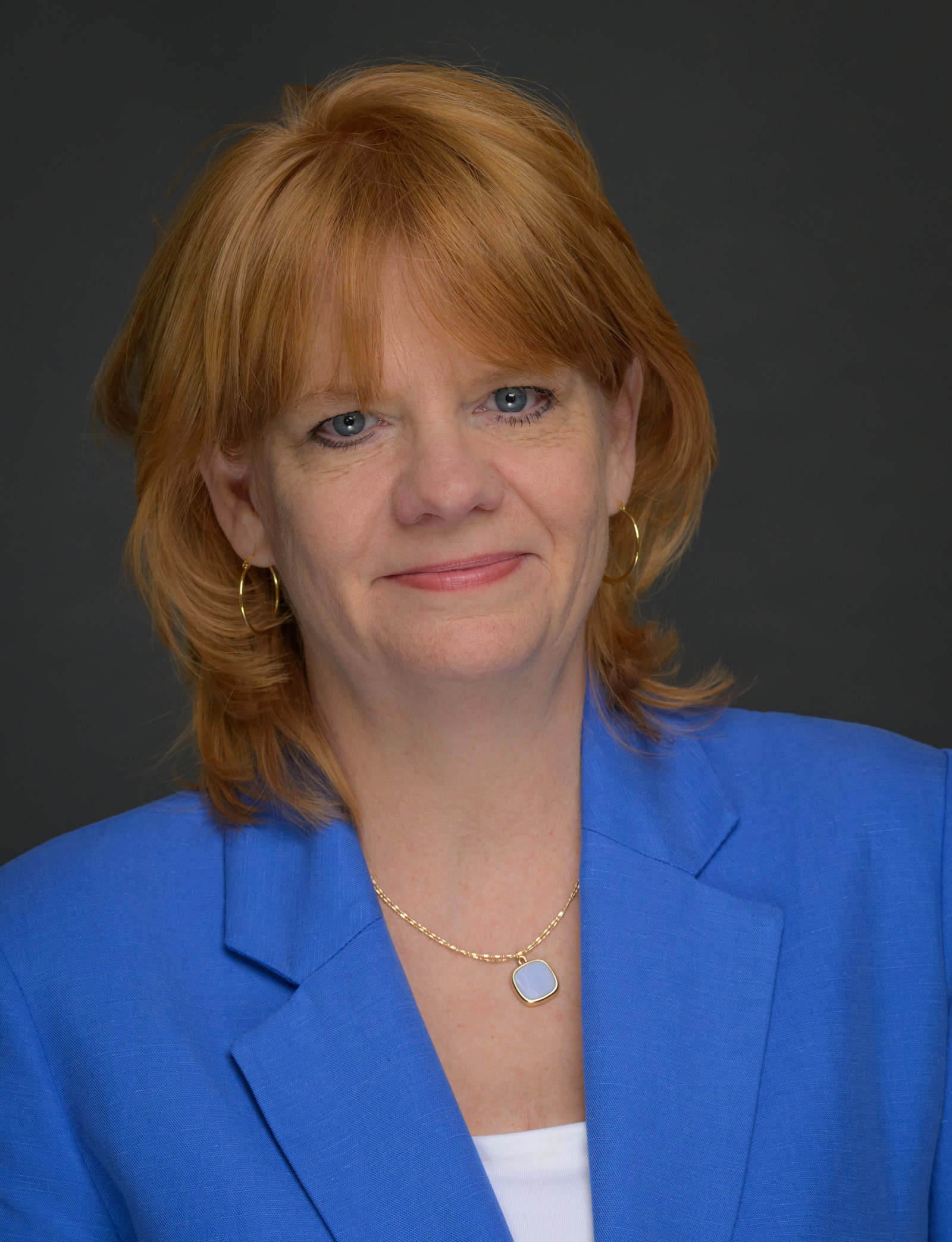This article focuses on financial planning for federal employees, specifically cash strategizing plus managing risks practically.
Hello readers. As promised, I am back with a deeper dive into components of my previous article 5 things you must have in a Federal Financial Plan. For this article I will cover the first 2:
- Cohesive Cash Strategy
- Realistic Risk Management
Wait, what? Jen, you want me to sink time into reading about savings accounts and insurance policies. No thank you please.
Yes. And I think you might be surprised with some of the ideas I’m about to share. And if you’ve already got them all covered then bask in the warm glow if being at the head of the class for this part. So, let’s begin.
Cohesive Cash Strategy
In my experience most folks have a very narrow view of cash and cash management. Typically, it begins around the time of our first job, possibly as a teenager, and we follow the wise advice of our elders and open a bank account. Here you may have started with a savings or checking account, but it is fairly likely that you stopped there. You needed a place to hold your earnings and distribute them. Maybe you had a positive role model who extolled the virtues of not spending all your wages and building up a savings account. “Saving for a rainy day”.
More about Financial Planning at our no-cost webinar for Feds -
That is a great start. But I’d like to challenge you to think broadly about cash and its relationship to debt. Because the odds are high that your next financial milestone was your first credit card. To be clear, I am not anti-debt. I am pro strategic use of cash and debt.
Allow me to explain. Think about your “best” credit card, the one with the awesome perks and points and the interest free balance transfer (Don’t mind the transfer fee). What’s the interest rate? Spoiler alert, it stinks.
But Jen, I’ve got zero percent for months.
Good for you. But at some point, an interest rate kicks in and it is most likely double digits. Here is an important point, interest on unsecured consumer debt is a frictional cost.
(Now if you are the rare person who NEVER fails to pay balances before interest kicks in, feel free to skip to the next section of this topic.)
Still here? Good. What do I mean by frictional cost? Credit card interest is a wealth erode-r. It increases the true cost of your consumption of goods and services at the expense of your net worth.
An alternative approach would be to build up sufficient savings to cover your credit use.
This can be tough, I know. But reducing the frictional cost of consumer credit use is an actual wealth builder. Even if your savings is getting a lousy interest rate, if it is helping you avoid 18% interest cost you are net positive.
Draw against your savings and then pay yourself back. You can use the card and get the points. But you will be paying it off in the 30-day period to avoid interest? Have a purchase that might take a year to pay off? That’s why we build up that large savings balance. Draw it from there (pay off he card) and then deposit your “payments” back into savings. Become your own lender of first resort. (Be your own bank).
Part 2 of this approach is to make sure that you are maximizing yield on the cash account or accounts. Do your research. Know what the savings options are at your bank. Don’t be afraid of strategic use of CD’s to boost your yield. (P.S. your bank may not promote their best savings options to existing customers, so be sure to ask.)
But further, make it a point to go rate shopping a couple times per year.
Your bank doesn’t have a good high yield savings option for you? Don’t worry, I’m not telling you to change banks. I know that in the era of electronic bill pay that can be a hassle. You can open one at a different bank and electronically link the accounts. Best of both worlds.
Ready to level up? If you have a relationship with a financial advisor, ask about their cash management options. You might be surprised to find higher interest rates and FDIC insurance.
Want to push further? Did you know that currently one month Treasury Bills are paying over 5%?
Hopefully, I have helped to open your mind to the notion that having a strategy for building and using cash can help to build your net worth.
Are you doing all of these things. Gold Star! Now be sure to share with your friends who may not be quite as advanced as you.
So, let’s go to the next topic.
Realistic Risk Management
Buckle up. I will be going into the weeds here.
As I wrote in my opening article, bad stuff happens. Mistakes are made. Forgive me for leaning upon the axiomatic trope “we live in a litigious society”, but nothing can derail a good financial or retirement plan faster than a mishap followed by a judgment against you.
Having sufficient liability protection is not a luxury, it is a necessity.
By far and a way this is one of the most neglected areas I have observed across the situations of new clients in my practice.
Cash Savings, check. Retirement investing, check. General investing, check. Personal Excess Liability policy, WHAT???.
That’s right. The number one miss is not having an “Umbrella” policy. All too many people are blissfully gliding through life with only the basic liability protection provided by auto and homeowners policies.
I get it. No one wants to pay more for insurance. That being said, do not try to lower your out of pocket expenses by leaving key risks uncovered.
To be succinct, if you don’t have an umbrella policy, get one.
Jen. What’s an Umbrella policy?
Ok, a quick umbrella 101. A personal excess liability policy is an insurance plan designed to address a claim that would exceed the liability limits of your auto and homeowners’ programs. Typically, the coverage begins at an additional one million dollars and since it will only “kick in” if a big claim occurs the cost is less than you might expect.
One tip, when in doubt add an extra million of protection.
Here’s a scenario. You are driving on the highway. Suddenly your left front tire blows out. In the process of fighting for control you drift left into the next lane. The adjacent car is forced off the road and the single driver is injured. In the ensuing litigation a judgement against you is reached and the injured party is awarded 1.7 million dollars.
No worries, you have auto insurance for this, right. Yes, but what is your liability limit per person per accident? Most likely it is much less than the judgement. This can place your assets, your income, and your retirement plans when you begin to draw from them at risk.
The additional liability protection becomes the “moat around the castle”.
Now liability strategy is not just about gross liability protection. We want to get the most out of the dollars we commit to this area. So, let’s talk deductibles for auto and homeowners. Many of us set up our coverage initially with low deductibles, logically this makes sense due to the fact that we may not have much in liquid assets when we start out. But further into our careers having to pay $500 versus $100 to get our car fixed may not be disastrous financially. So, I encourage you to weigh the balances of higher deductibles (Yes even $1000) against the lower premiums that generally go with them. If you are a standard risk person, you most likely have many years between claims. The lower premiums can offset any additionally deductible expense possibly with some money left over.
And guess what, this same philosophy works for your FEHB health plan. Pay attention to your actual claims per year. If they are low, consider a higher deductible plan. Again, you can accumulate the premium savings year over year and save or invest.
A great tool that we encourage feds to explore is The Consumer Checkbook’s guide to federal health plans. This is published every year in hard copy and digital and can help you do comparisons.
Lastly, do not overlook risks from disability and long-term care. These topics need their own articles to properly examine. But suffice to say that having a plan and strategy for addressing these risks are cornerstone elements to retirement and financial planning that are frequently overlooked and missed.
I know that this has been a lot. But our mission is to Reach, Teach, and Serve. This is the teach part. I hope you found these ideas enlightening or if not that they at least stimulated you to expand your thinking about cash and risk.
In my next article I will expand upon:
- Prioritizing Pension Practices
- Total TSP Plan
- And the “Bonus Boost”
**Written by Jennifer Meyer, CFP®, ChFEBC℠, AIF®,.. The information has been obtained from sources considered reliable but we do not guarantee that the foregoing material is accurate or complete. Any opinions are those of Jennifer Meyer and not necessarily those of RJFS or Raymond James. Any information is not a complete summary or statement of all available data necessary for making an investment decision and does not constitute a recommendation. Investing involves risk and you may incur a profit or loss regardless of strategy suggested. Every investor’s situation is unique and you should consider your investment goals, risk tolerance, and time horizon before making any investment or financial decision. Prior to making an investment decision, please consult with your financial advisor about your individual situation. While we are familiar with the tax provisions of the issues presented herein, as Financial Advisors of RJFS, we are not qualified to render advice on tax or legal matters. You should discuss tax or legal matters with the appropriate professional. **
***The Thrift Savings Plan (TSP) is a retirement savings and investment plan for Federal employees and members of the uniformed services, including the Ready Reserve. The TSP is a defined contribution plan, meaning that the retirement income you receive from your TSP account will depend on how much you (and your agency or service, if you're eligible to receive agency or service contributions) put into your account during your working years and the earnings accumulated over that time. The Federal Retirement Thrift Investment Board (FRTIB) administers the TSP.***




